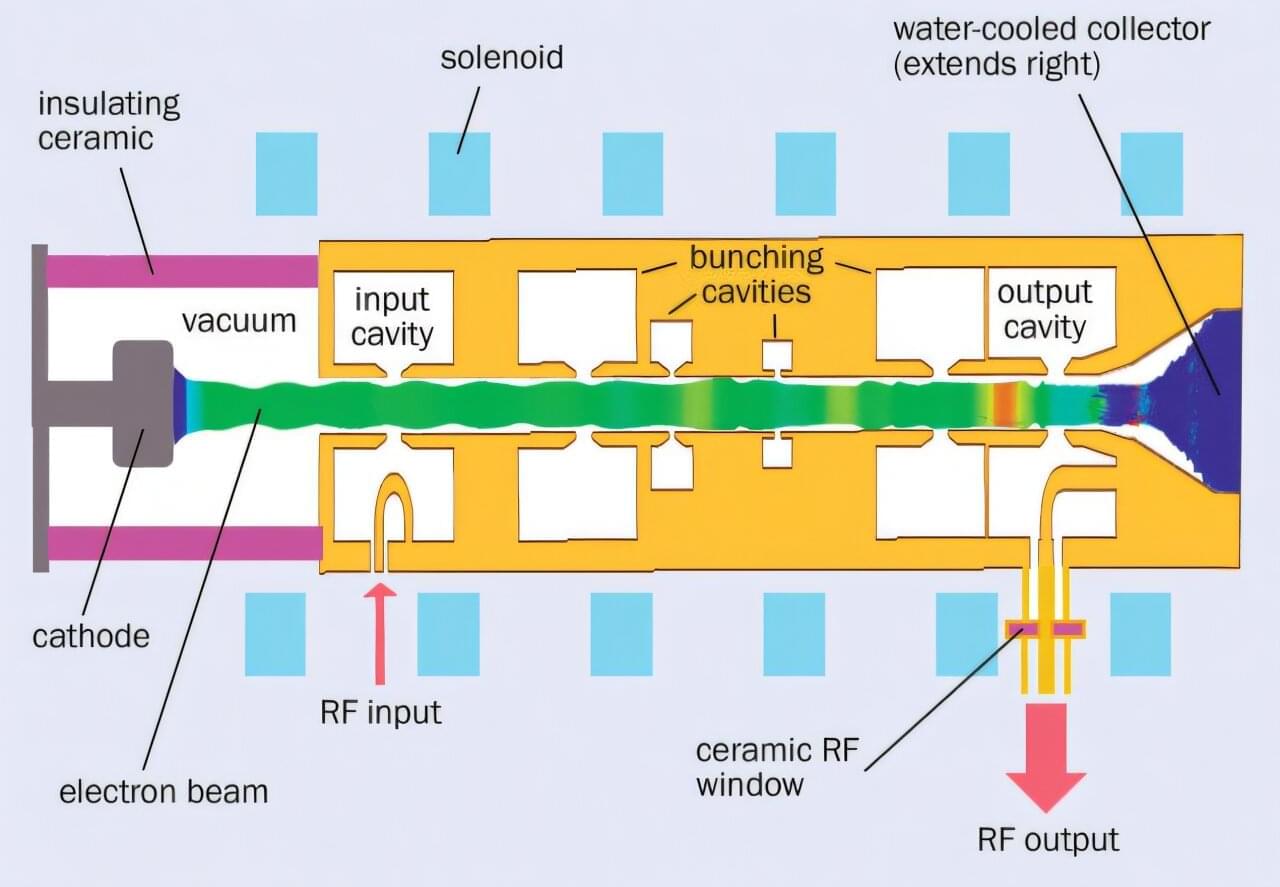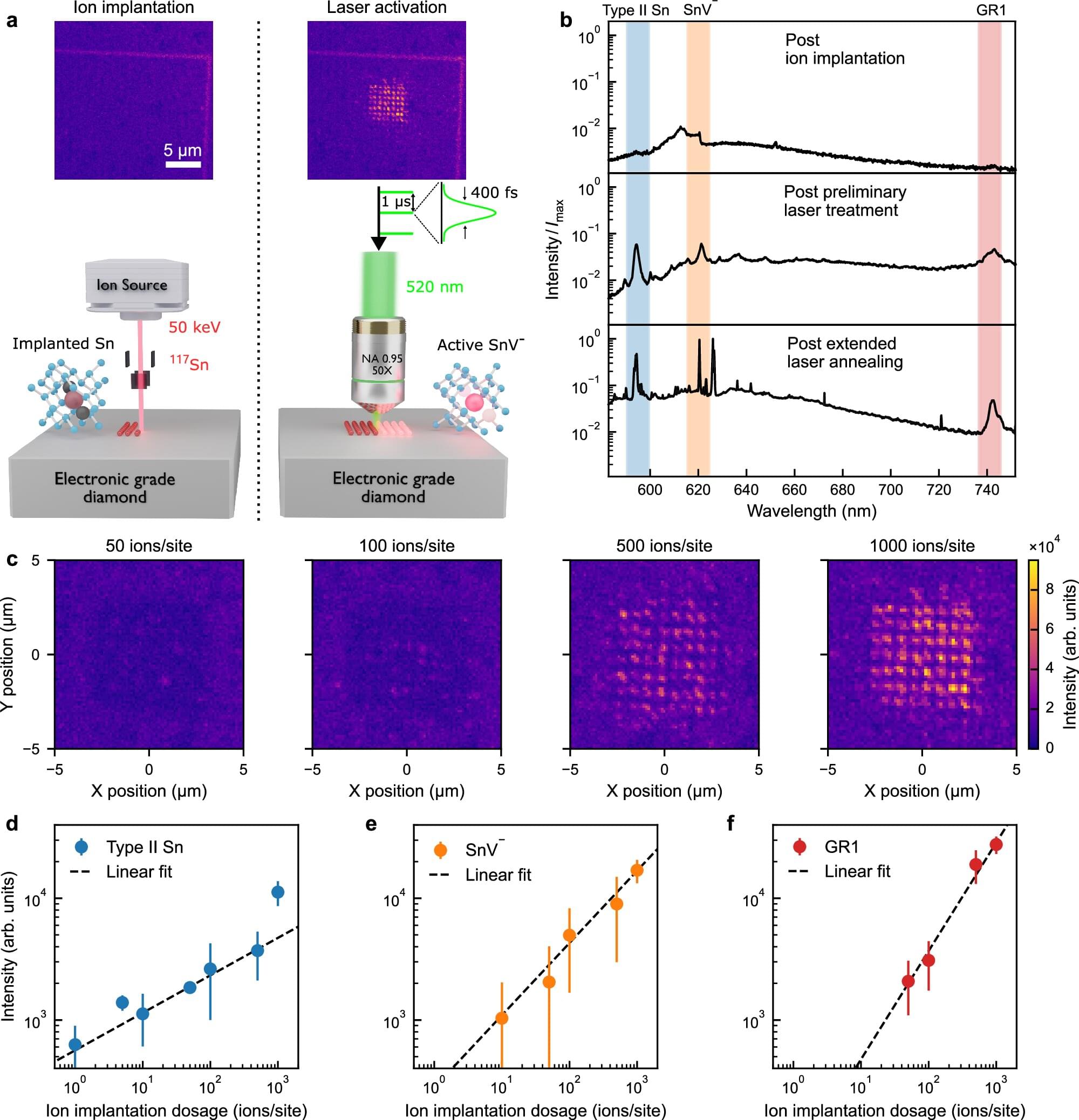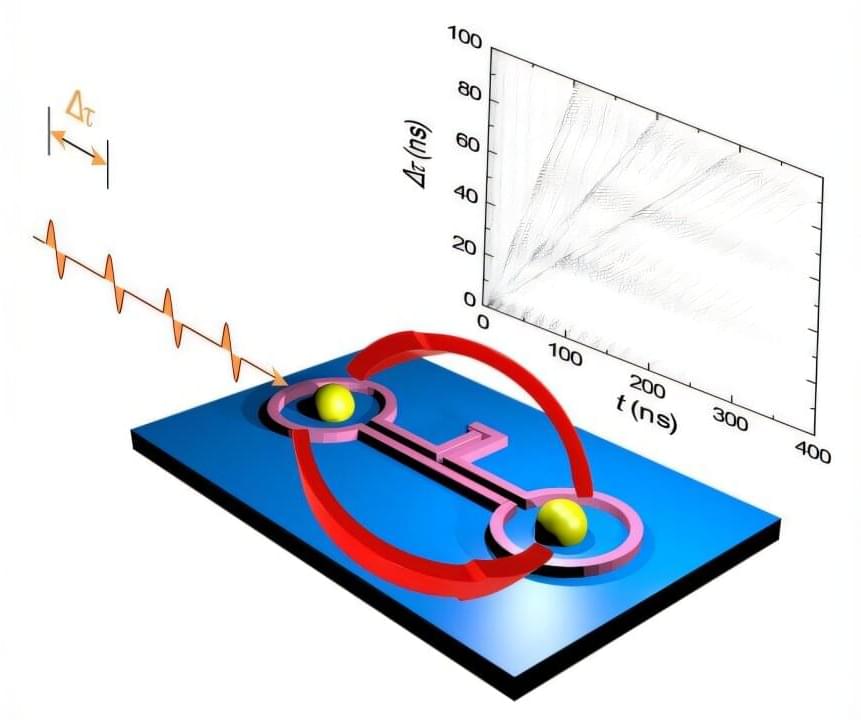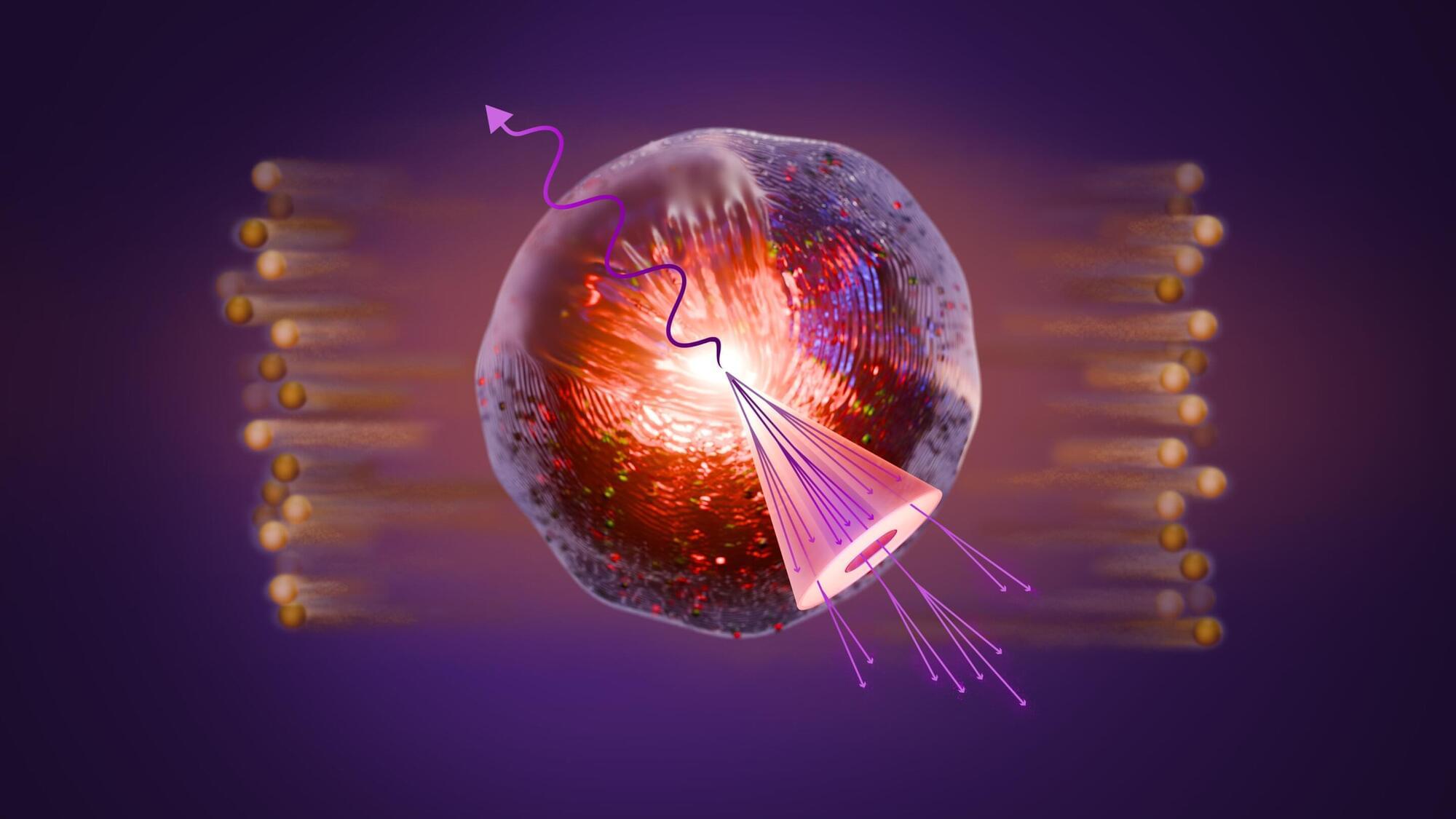Physicists are a step closer to using quantum computers for simulations that are beyond the ability of any ordinary computers



The Higgs boson is the most intriguing and unusual object yet discovered by fundamental science. There is no higher experimental priority for particle physics than building an electron–positron collider to produce it copiously and study it precisely.
Given the importance of energy efficiency and cost effectiveness in the current geopolitical context, this gives unique strategic importance to developing a humble technology called the klystron—a technology that will consume the majority of site power at every major electron–positron collider under consideration, but which has historically only achieved 60% energy efficiency.
The klystron was invented in 1937 by two American brothers, Russell and Sigurd Varian. The Varians wanted to improve aircraft radar systems. At the time, there was a growing need for better high-frequency amplification to detect objects at a distance using radar, a critical technology in the lead-up to World War II.

A new study led by researchers at the Universities of Oxford, Cambridge and Manchester has achieved a major advance in quantum materials, developing a method to precisely engineer single quantum defects in diamond—an essential step toward scalable quantum technologies. The results have been published in the journal Nature Communications.
Using a new two-step fabrication method, the researchers demonstrated for the first time that it is possible to create and monitor, “as they switch on,” individual Group-IV quantum defects in diamond—tiny imperfections in the diamond crystal lattice that can store and transmit information using the exotic rules of quantum physics.
By carefully placing single tin atoms into synthetic diamond crystals and then using an ultrafast laser to activate them, the team achieved pinpoint control over where and how these quantum features appear. This level of precision is vital for making practical, large-scale quantum networks capable of ultra-secure communication and distributed quantum computing to tackle currently unsolvable problems.

Researchers have determined how to use magnons—collective vibrations of the magnetic spins of atoms—for next-generation information technologies, including quantum technologies with magnetic systems.
From the computer hard drives that store our data to the motors and engines that drive power plants, magnetism is central to many transformative technologies. Magnetic materials are expected to play an even larger role in new technologies on the horizon: the transmission and processing of quantum information and the development of quantum computers.
New research led by scientists at the U.S. Department of Energy’s (DOE) Argonne National Laboratory developed an approach to control the collective magnetic properties of atoms in real time and potentially deploy them for next-generation information technologies. This discovery could aid in developing future quantum computers, which can perform tasks that would be impossible using today’s computers, as well as “on chip” technologies—with magnetic systems embedded on semiconductor chips, or “on chip.”

A research team led by Prof. Shao Dingfu from the Hefei Institutes of Physical Science of the Chinese Academy of Sciences has predicted a new class of antiferromagnetic materials with unique cross-chain structures, termed “X-type antiferromagnets.” These materials exhibit sublattice-selective spin transport and unconventional magnetic dynamics, offering new possibilities for next-generation spintronic devices.
Published in Newton, this work challenges conventional views of collective atomic behavior in solids and promises transformative applications in next-generation electronics.
Antiferromagnets (AFMs) are valued for their zero net magnetization and ultrafast dynamics, making them attractive for spintronics. However, their practical application has been hindered by mutual spin cancellation between magnetic sublattices, which limits spin current control. The newly proposed X-type AFMs, with their distinctive “X”-shaped intersecting chain geometry, overcome this limitation.

Sharing disappointing results with a world of researchers working to find what they hope will be the “discovery of the century” isn’t an easy task, but that is what Penn State theoretical physicist Zoltan Fodor and his international research group did five years ago with their extensive calculation of the strength of the magnetic field around the muon —a sub-atomic particle similar to, but heavier than, an electron. At the time, their finding was the first to close the gap between theory and experimental measurements, bringing it in line with the Standard Model, the well-tested physics theory that has guided particle physics for decades.
Earlier on the same day, after almost 20 years, a new experimental result was also published showing a strong discrepancy between the theory and the experiment. This was interpreted by most physicists as a sign of new physics, and many physicists shared some skepticism of Fodor’s results and hoped that with more research, the other groups’ result would ring true.
Why? Twenty-four years ago, in an experiment at Brookhaven National Laboratory, physicists detected what seemed to be a discrepancy between measurements of the muon’s “magnetic moment”—the strength of its magnetic field—and theoretical calculations of what that measurement should be, raising the tantalizing possibility of undiscovered physical particles or forces. They reported that the muon was more magnetic than was predicted by the Standard Model.

A popular 2D active material, molybdenum disulfide (MoS2), just got a platinum upgrade at an atomic level. A study led by researchers from the University of Vienna and Vienna University of Technology embedded individual platinum (Pt) atoms onto an ultrathin MoS2 monolayer and, for the first time, pinpointed their exact positions within the lattice with atomic precision.
The study, published in the journal Nano Letters, achieved this feat with an innovative approach that integrates targeted defect creation in the MoS2 monolayer, controlled platinum deposition, and a high-contrast computational microscopic imaging technique—ptychography.
The researchers believe that this new strategy for ultra-precise doping and mapping offers new pathways for understanding and engineering atomic-scale features in 2D systems.

New data from particle collisions at the Relativistic Heavy Ion Collider (RHIC), an “atom smasher” at the U.S. Department of Energy’s (DOE) Brookhaven National Laboratory, reveals how the primordial soup generated in the most energetic particle collisions “splashes” sideways when it is hit by a jet of energetic particles.
The evidence comes from the first measurement at RHIC of reconstructed jets produced in collisions back-to-back with photons, particles of light. Scientists have long anticipated using measurements of photon-correlated jets to study the matter generated in these collisions. The findings, described in two papers just published in Physical Review Letters and Physical Review C, offer fresh insight into this primordial soup, which is known as a quark-gluon plasma (QGP)—and raise new questions about its extraordinary properties.
“Measuring reconstructed jets gives us unique views of how the strongly interacting plasma responds as the jets move through it,” said Peter Jacobs, a physicist at DOE’s Lawrence Berkeley National Laboratory and member of RHIC’s STAR Collaboration, which published these results. “Instead of focusing on what happens to the jet, we want to turn it around and see what the jet can tell us about the QGP.”

In a new study, physicists at the University of Colorado Boulder have used a cloud of atoms chilled down to incredibly cold temperatures to simultaneously measure acceleration in three dimensions—a feat that many scientists didn’t think was possible.
The device, a new type of atom “interferometer,” could one day help people navigate submarines, spacecraft, cars and other vehicles more precisely.
“Traditional atom interferometers can only measure acceleration in a single dimension, but we live within a three-dimensional world,” said Kendall Mehling, a co-author of the new study and a graduate student in the Department of Physics at CU Boulder. “To know where I’m going, and to know where I’ve been, I need to track my acceleration in all three dimensions.”